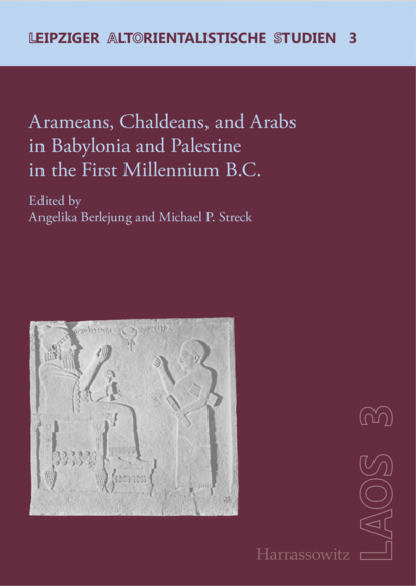First paragraph of the article
First I wish to thank the organizers of this international workshop for their invitation to speak on the subject of Arameans, Chaldeans and Arabs in cuneiform sources from the late Babylonian period. Late Babylonian sources are abundant, being estimated at some 60,000 items dating from the time of Nabopolassar until the extinction of cuneiform in the first century of our era. Compared with sources from the Neo-Assyrian period, however, late Babylonian documentation differs markedly in terms of quality. The Assyrian royal annals and state archives furnish considerable data on the conduct of war and politics in all regions which fell under Assyrian control, including and especially Babylonia. The near complete absence of such corpora for the Babylonian empire means that we lack crucial data on the relations between the Babylonian state and its various tribal constituencies. The same situation prevails for the Achaemenid and Seleucid periods. Almost all our information stems from two very large temple archives, those of the Ebabbar temple at Sippar (more than 35,000 texts and fragments) and the Eanna temple at Uruk (more than 8,000), as well as from a number of smaller, mostly private archives, ranging from the rise of the Babylonian empire until the demise of the Seleucid state in Mesopotamia in the second century. These archives document only matters of direct relevance to the conduct of specific businesses and administrations. This means that our data is inevitably skewed. Nonetheless, the texts we have record some interesting facts which have not hitherto received much attention. This paper is intended as preliminary, and therefore I will emphasize only some aspects of these sources. I will also bring some unpublished material into the discussion.
Publication Type
- Article



